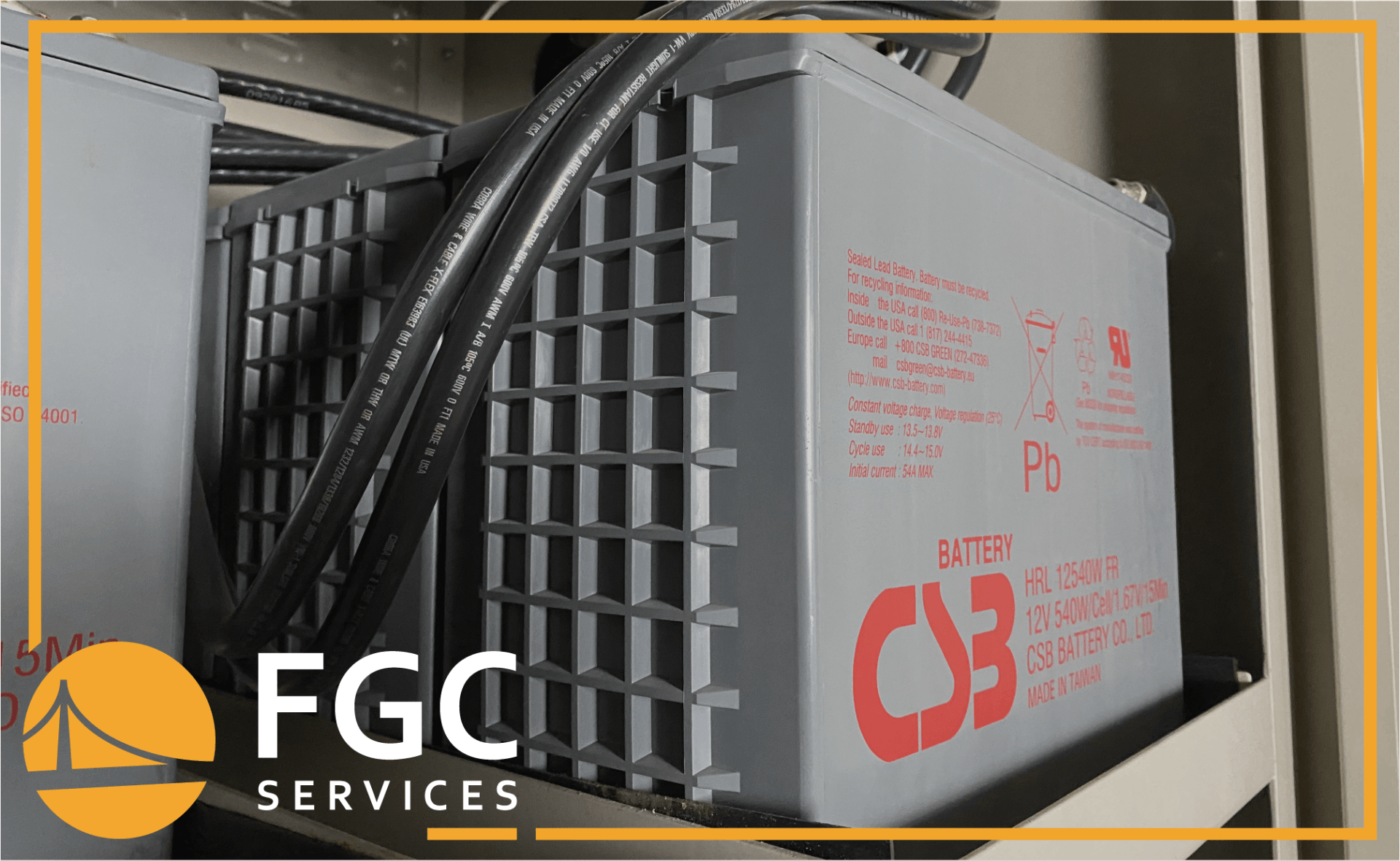Case Study #9: An Empty Tank Threatened Uptime
21 October 2022
Share this article:
Type of Customer/Facility: Retail Store
Location: Kansas
Product: Caterpillar D125-6 Generator, 2009. Unit backs up the store.
Service Level with description: PM Plus. Includes a guaranteed response time with parts and labor billed at T&M rates.
Summary: Our client’s generator, previously sitting at about ½ tank, was low. They had a scheduled power outage with the Utility Company and did not expect the fuel to last at the current level. Our NOC provided assessment and scheduled a fuel delivery for the next day.
Preliminary Actions: Our client had a scheduled power outage at their store. They got in contact with our NOC to calculate runtime with the existing fuel level. After determining low runtime, FGC scheduled a fuel delivery. By the next day, our client received 217 gallons of fuel to meet their runtime needs.
Mean Time to Solution (MTTS): 24 Hours
Failed Parts: None
Findings/Solutions:
1. Our NOC received a call from our client regarding their concerns on their generator’s fuel level. Because they had a scheduled power outage the next week, they wanted to double check runtime.
2. After runtime was determined to be low, our NOC was in contact with our generator fuel delivery team.
3. The fuel delivery was scheduled for the next day. 217 gallons of generator fuel was delivered to the site within 24 hours.
4. The client was very pleased with the response and fueling process for their generator. The prescheduled utility downtime was maintained by the the generator on site thanks to the proper amount of fuel.
Connect with Us:





